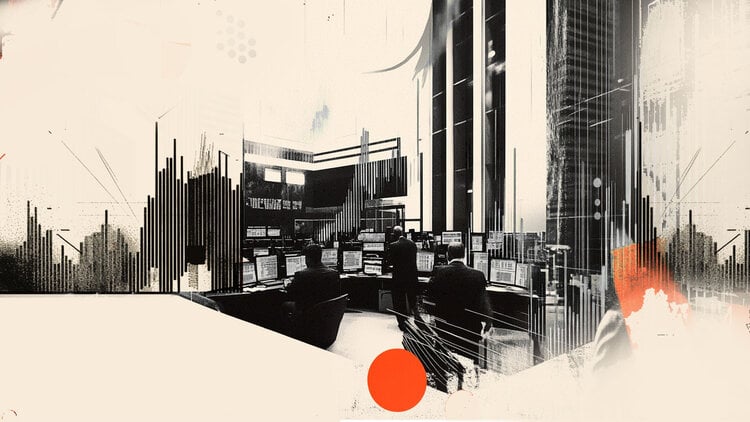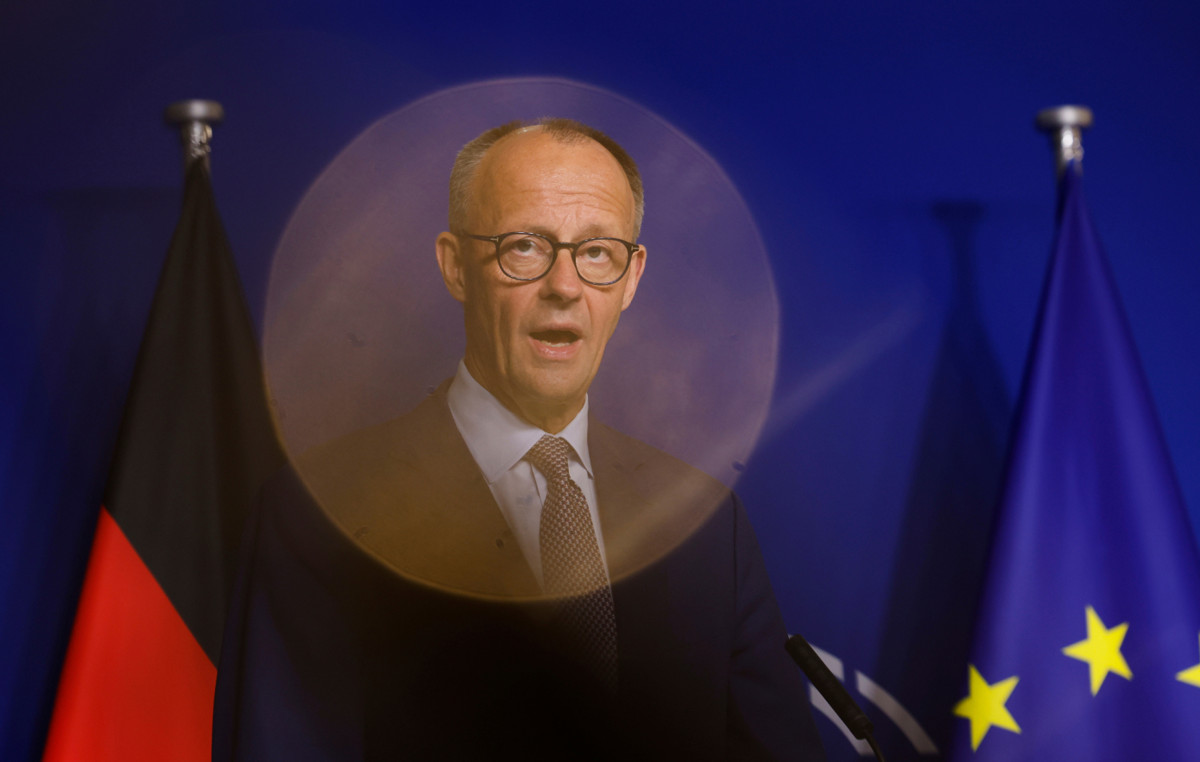Pixinguinha himself did not know exactly what day of the year he was born, as he admitted in an interview with journalist Muniz Sodré in the 1970s.
He knew, yes, that he was born in Catumbi, in the central area of Rio de Janeiro, in 1898, and that he was already so important for Brazilian music by that time that he had a captive chair with his name in the bar where he answered questions that day.
It was agreed that Pixinguinha was born on the 23rd of April like this Sunday, and since 2000, the National Day of Choro has been celebrated, for this reason, the Brazilian genre par excellence and celebrated throughout the country today.
Research carried out by the musician Alexandre Dias revealed, years after the consecration of the date of celebration of the genre, that, in fact, Pixinguinha would have been born on the 4th of May – in proof that neither the date nor the exact definition of why the cry is called cries are clear.
How it sounds, however, is easier to understand: guitar, woodwinds, tambourine, cavaquinho – the basic instrumentation that packs from Brasileirinho, by Waldir Azevedo, to Carinhoso, by Pixinguinha, to stay in two choros that sum up Brazil.
Origin
For Câmara Cascudo, a Brazilian folklorist, choro comes from xolo, dances held on farms among slaves.
José Ramos Tinhorão believes that the name derives from the melodic melancholy of the rhythm guitars; Luiz Antonio Simas and Nei Lopes, in the Dicionário da História Social do Samba, remember that choro and its faster variant, the chorinho, contributed in the 1920s to enrich samba and endow it with new rhythmic elements.
Emerged in the final decades of the 19th century, formatted by Chiquinha Gonzaga, Pixinguinha, Jacob do Bandolim, continued by Paulinho da Viola, Luciana Rabello and Henrique Cazes, among many, many others, “choro is the most important music in Brazil”.
And who told this reporter that was Sombrinha, one of the greatest composers of samba and of the group Fundo de Quintal, after performing classics and his compositions of the genre.
“The guy who knows how to cry plays any song. I’m an empirical, self-taught, tavern whiner. Choro should be in all universities, for young people to learn. It has to popularize and go to the street”, said the sambista/chorão after opening “Choraço”, a series by Sesc São Paulo that pays homage to the genre with several presentations until May 7th.
In Rio, the land of Pixinguinha, the Choro Train departs from Central do Brasil towards Olaria, a neighborhood next to Ramos, where Pixinguinha lived for 30 years. Chorões old and new, many graduated from the iconic Escola Portátil de Música, perform to celebrate the genre.
Proving what Sombrinha says and that we are talking about the Brazilian genre par excellence, there will be crying from north to south of the country: at the Anfiteatro da Beira-Mar, in Fortaleza, Ceará celebrates its links with the genre this Sunday afternoon; and at Paiol, in Curitiba, the honoree is Waldir Azevedo, who turns 100 in 2023.
Source: CNN Brasil
I’m Robert Neff, a professional writer and editor. I specialize in the entertainment section, providing up-to-date coverage on the latest developments in film, television and music. My work has been featured on World Stock Market and other prominent publications.







